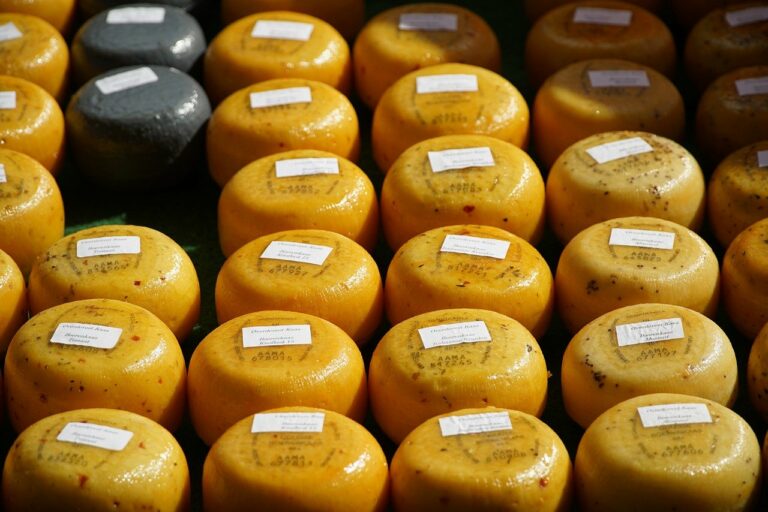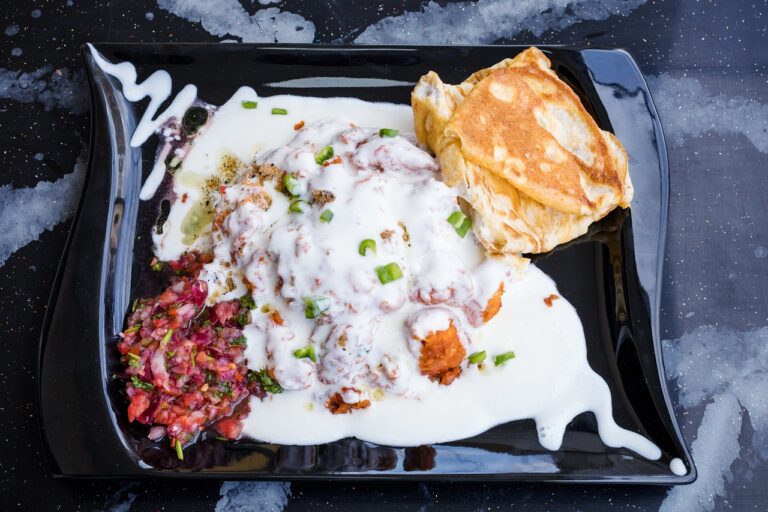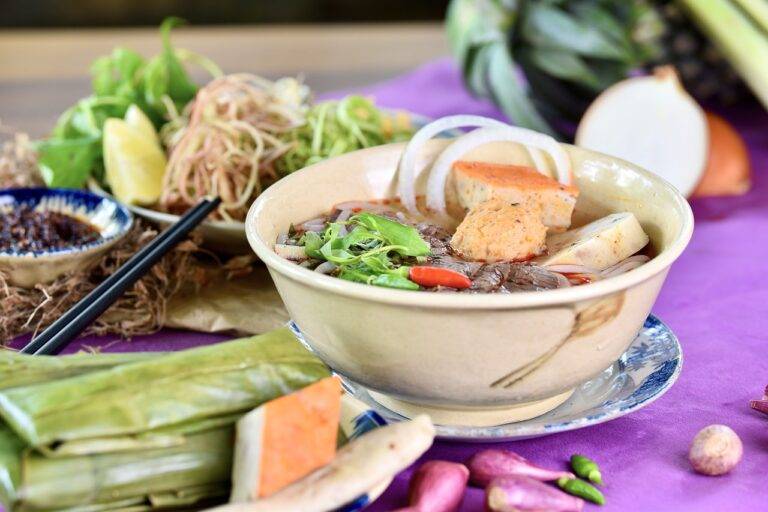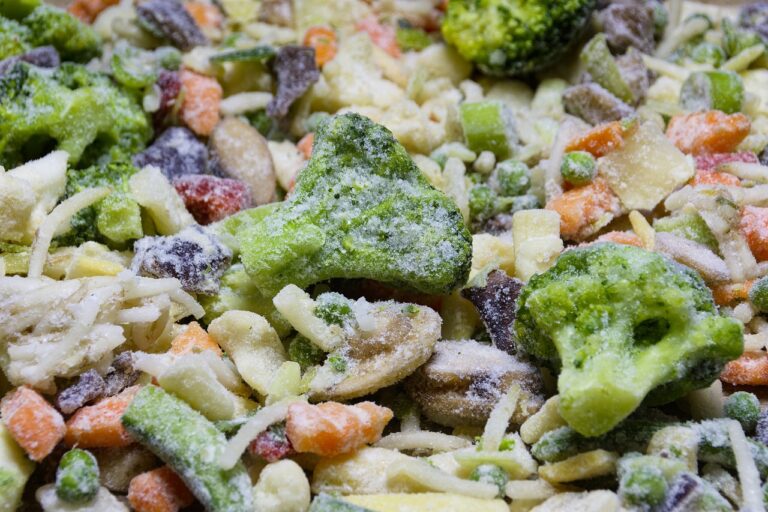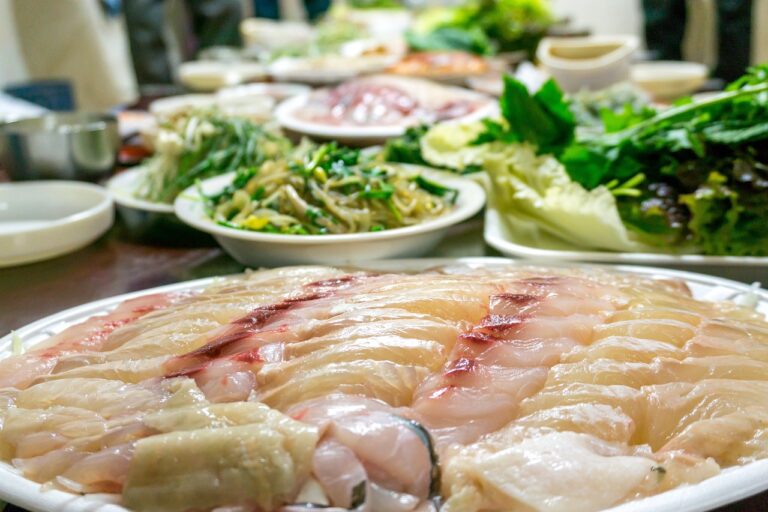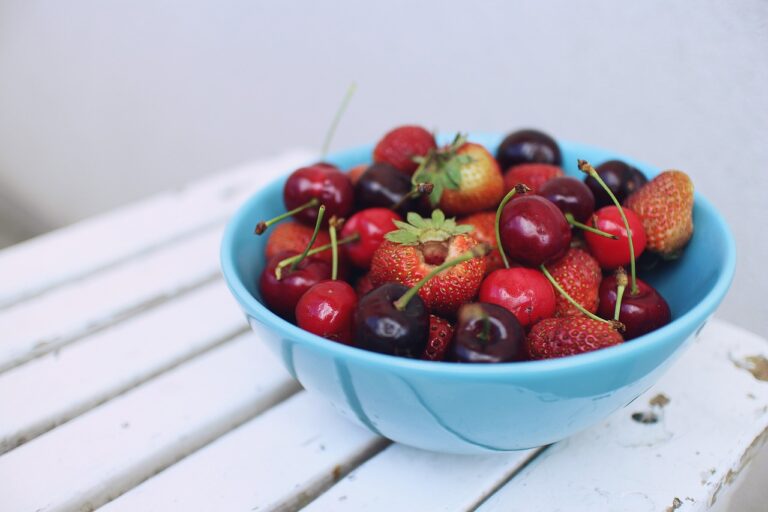Trends in Food Packaging Design: Balancing Aesthetics and Functionality
One common mistake in food packaging design is using excessive text or information on the packaging. Overloading the packaging with too much text can overwhelm the consumer and detract from the overall aesthetics of the product. It is important to strike a balance between providing necessary information and ensuring the design is visually appealing.
Another mistake often seen in food packaging design is using poor quality images or graphics. Low-resolution images or poorly executed graphics can make the product look unprofessional and unappealing to consumers. Investing in high-quality images and graphics can significantly enhance the overall look of the packaging and make the product more attractive to potential buyers.
Importance of Aesthetic Appeal in Food Packaging
When it comes to food packaging, aesthetic appeal plays a crucial role in attracting consumers. The visual presentation of a product on the shelves can make a significant impact on a customer’s purchasing decision. Eye-catching colors, fonts, and graphics can help a product stand out among its competitors, enticing consumers to pick it up and make a purchase.
In addition to grabbing attention, the aesthetic appeal of food packaging also communicates important information about the product. The design elements used can convey the brand’s identity, the product’s quality, and its intended use. A well-thought-out packaging design that is visually appealing can help build consumer trust and loyalty to the brand, making it more likely for customers to choose the product again in the future.
Consumers are drawn to visually appealing packaging that stands out on the shelves
Aesthetic appeal can influence a customer’s purchasing decision
Eye-catching colors, fonts, and graphics help products attract attention
Packaging design communicates important information about the brand and product
Well-designed packaging can build consumer trust and loyalty to the brand
Innovative Materials for Sustainable Packaging
When it comes to sustainable packaging, the use of innovative materials is essential in reducing the environmental impact of food packaging. Traditional packaging materials like plastic can have a negative effect on the environment due to their long decomposition time and potential for pollution. By incorporating new, eco-friendly materials into packaging design, companies can make significant strides in minimizing waste and promoting sustainability.
One example of an innovative material for sustainable packaging is biodegradable plastics made from plant-based sources like corn starch or sugarcane. These materials offer the same functionality as traditional plastics but decompose much more quickly, reducing the amount of waste that ends up in landfills or oceans. Additionally, biodegradable plastics can be recycled or composted, further reducing their environmental impact and making them a promising option for sustainable food packaging solutions.
What are some common mistakes in food packaging design?
Some common mistakes in food packaging design include not considering the environmental impact of the materials used, using excessive packaging, and not adequately protecting the product inside.
Why is aesthetic appeal important in food packaging?
Aesthetic appeal is important in food packaging because it can attract customers and make the product stand out on the shelves. It can also convey information about the product and create a positive impression.
What are some examples of innovative materials for sustainable packaging?
Some examples of innovative materials for sustainable packaging include biodegradable plastics, compostable packaging made from plant-based materials, and recyclable materials like glass and metal. These materials help reduce the environmental impact of packaging.


